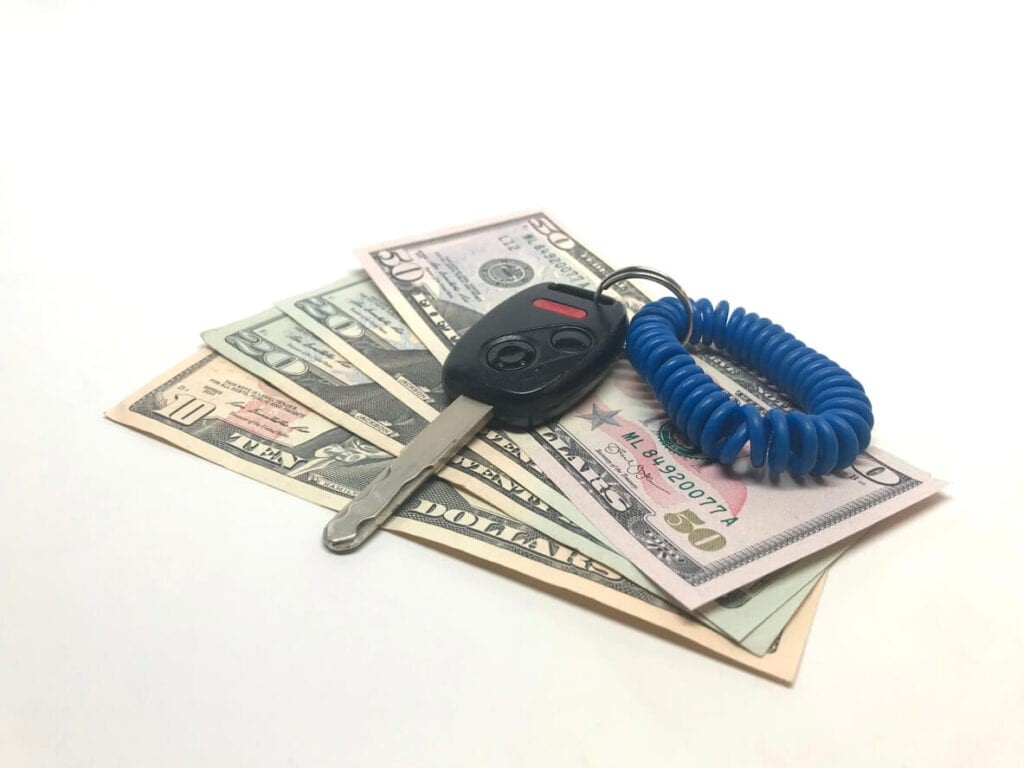Dealing with car repairs can be a stressful experience, primarily due to the unexpected financial burden they often bring. As a car owner, facing repair bills is almost inevitable at some point. However, understanding how to manage and minimize these expenses can make a significant difference. At Car Repair Online, we believe in empowering vehicle owners with the knowledge to keep their cars running smoothly without breaking the bank. While some repairs are unavoidable due to the mechanical nature of vehicles, proactive maintenance and smart practices can substantially reduce your car repair costs over time.
 Mechanic Checking Car Engine to reduce car repair cost
Mechanic Checking Car Engine to reduce car repair cost
Expert Strategies to Lower Your Car Repair Bills
1. Adhere to the Right Oil Specifications for Your Car
Automotive manufacturers invest heavily in research and development to determine the optimal specifications for every vehicle they produce. This includes rigorous testing to identify the perfect type of engine oil that ensures peak performance and longevity. Using the manufacturer-recommended oil is not just a suggestion; it’s a crucial step in protecting your engine against premature wear, the accumulation of harmful sludge, and potential overheating. Consult your owner’s manual to pinpoint the exact oil type designed for your vehicle. Utilizing the correct oil from the outset can prevent costly engine repairs down the line, making it a smart move for any car owner looking to save money on car maintenance.
2. Maintain Consistent Oil Change Intervals
Regular oil changes stand out as a pivotal maintenance task that significantly impacts the lifespan and reliability of your vehicle, especially the engine. Fresh, clean oil is the lifeblood of your engine, essential for lubricating its many moving parts and dissipating heat. When oil becomes old and dirty, it loses its protective properties, increasing friction and the risk of overheating, which can lead to severe engine damage and gasket issues.
While some vehicle manuals may suggest extended oil change intervals, such as every 10,000 miles, it’s crucial to consider your driving conditions. For example, in climates with extreme temperatures or dusty environments, like Arizona, more frequent oil changes are advisable. For conventional oil, aim for changes every 3,000 miles, and for synthetic oils, every 5,000 miles. This proactive approach to oil maintenance is a cost-effective way to prevent oil sludge buildup and potential engine blockages, ultimately saving you from major repair expenses.
3. Cultivate Good Driving Habits to Minimize Wear and Tear
While some vehicles are built for rugged conditions, the majority of passenger cars on the road today are designed for standard driving, not aggressive handling. Driving habits such as rapid acceleration, harsh braking, sharp turns at high speeds, and consistently exceeding speed limits place undue stress on your vehicle’s critical systems.
Aggressive driving intensifies wear and tear on the engine, braking system, tires, and suspension components. This accelerated wear often leads to premature failures and avoidable, expensive repairs. Adopting smoother, more controlled driving habits not only enhances fuel efficiency but also significantly reduces the strain on your vehicle, prolonging the life of its parts and helping you avoid unnecessary car repair costs.
4. Be Proactive with Preventative Car Maintenance
Relying solely on oil changes every few thousand miles as your only form of vehicle maintenance is insufficient. A typical car comprises around 30,000 interconnected parts, all requiring attention at various intervals. Beyond oil changes, comprehensive preventative maintenance is key to keeping your vehicle in optimal condition and reducing the likelihood of major repairs. This includes regularly replacing components like fuel filters, spark plugs, belts, and hoses, as well as conducting fluid flushes for systems such as coolant, brake fluid, and transmission fluid.
By adhering to the recommended maintenance schedule for these components and fluids, you enhance your vehicle’s performance and safeguard it from serious damage. Investing in preventative maintenance is significantly more economical in the long run compared to dealing with extensive repairs to your engine or transmission, making it a cornerstone of cost-effective car ownership.
5. Regularly Monitor and Adjust Tire Pressure
The condition of your tires directly affects both your driving comfort and safety. Neglecting tire maintenance can lead to a range of issues, from decreased fuel efficiency to complications with your vehicle’s alignment and suspension. Regularly checking and maintaining proper tire pressure is a simple yet effective way to mitigate these problems.
Ensure your tires are inflated to the pressure recommended by your vehicle manufacturer, typically found on a sticker inside your driver’s side door or in your owner’s manual. Additionally, routinely inspect your tires for signs of damage such as bulges, cracks, or uneven tread wear. Replacing worn or damaged tires promptly not only ensures safer driving conditions but also prevents potential strain on other vehicle components, contributing to lower car repair costs over time.
6. Regularly Replace Vehicle Filters
Your vehicle’s engine requires clean air to mix with fuel for efficient combustion. This process draws air from outside, which inevitably contains dirt, dust, and other particles that can be detrimental to engine health. Air filters play a vital role in trapping these contaminants, preventing them from entering the engine. However, over time, these filters become clogged, hindering airflow and reducing engine efficiency.
Replacing your air filters at recommended intervals, typically around every 15,000 miles, is a cost-effective preventative measure. The expense of a new air filter is minimal compared to the potential cost of engine damage caused by neglecting this simple maintenance task. Regularly changing your air filter ensures your engine breathes easily, operates efficiently, and avoids costly repairs associated with contaminated airflow. Similarly, fuel and cabin air filters should also be replaced according to schedule to maintain vehicle health and passenger comfort.
7. Consider Vehicle Maintenance Costs When Purchasing a Car
When you’re in the market for a new or used vehicle, take into account the long-term costs associated with maintenance and repairs. Researching the typical ownership costs for different makes and models can provide valuable insights. For instance, luxury import vehicles are often associated with higher repair costs, while certain Asian brands are known for their reliability and lower maintenance expenses. Domestic vehicles generally fall in the mid-range.
Furthermore, consider the vehicle’s reliability reputation and predicted maintenance costs as it ages. Choosing a brand and model with a strong track record for reliability can significantly reduce your potential repair bills over the years. This proactive approach to vehicle selection is a smart strategy for minimizing car repair costs from the outset.
8. Partner with Car Repair Online for Reliable Auto Service
It’s a common misconception that vehicle owners must return to the dealership for routine maintenance to maintain their manufacturer’s warranty. In reality, you are free to choose any reputable auto service center for maintenance services without voiding your warranty. Dealerships are primarily necessary for recall work or repairs specifically covered under the manufacturer’s warranty.
Choosing an independent service provider like Car Repair Online for your routine maintenance and even extended warranty repairs can lead to significant savings. We offer dealership-quality service, utilizing state-of-the-art equipment, OEM-quality parts, and certified technicians, but at more competitive prices. By partnering with Car Repair Online, you gain access to expert car care that helps reduce the likelihood of expensive repairs and keeps your vehicle running smoothly for longer. We also provide special offers and flexible payment options to further ease the financial aspect of car maintenance and repair. Choosing the right service partner is a key step in effectively managing and reducing your overall car repair expenses.

